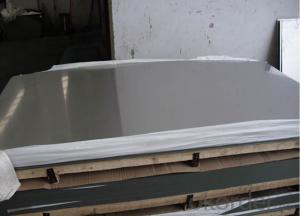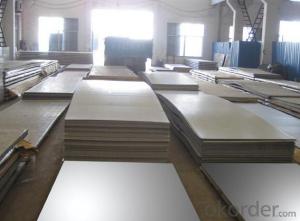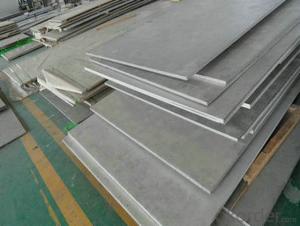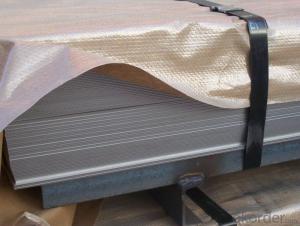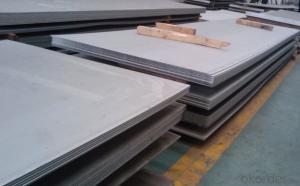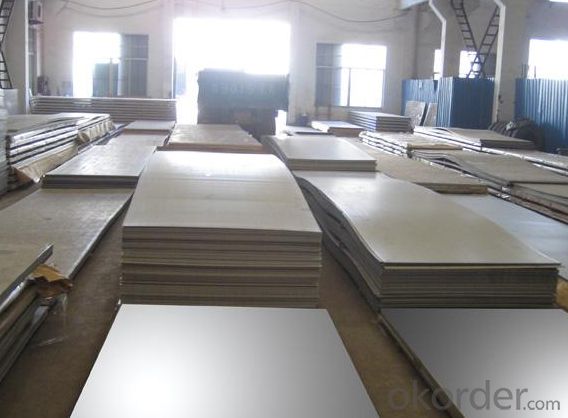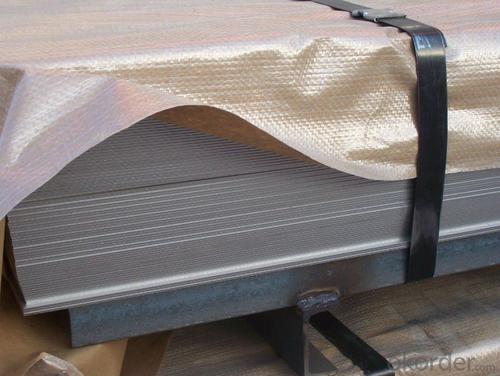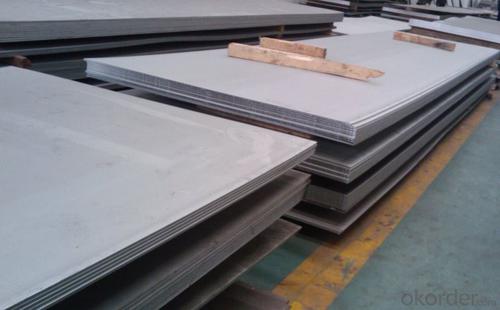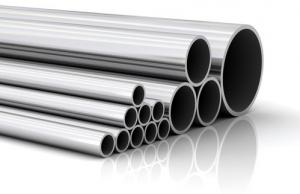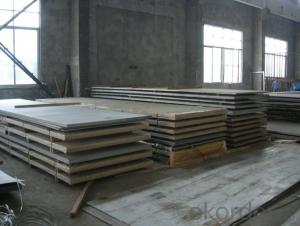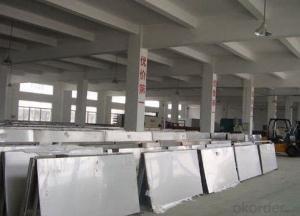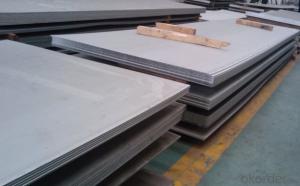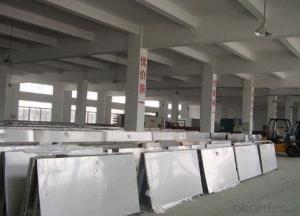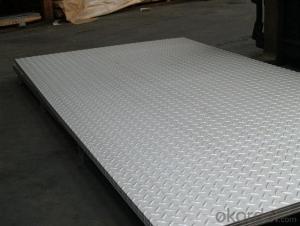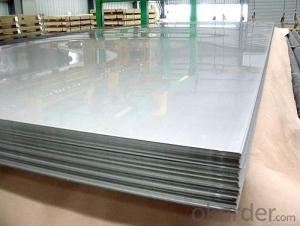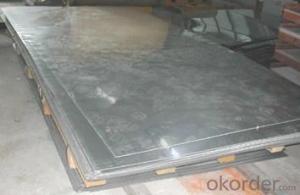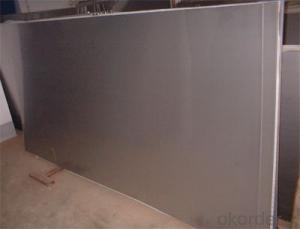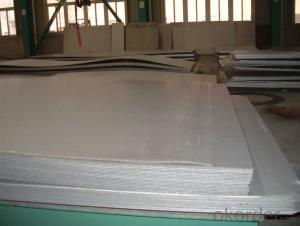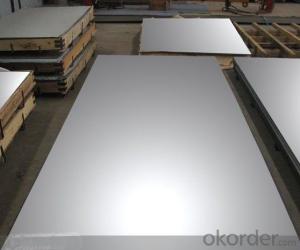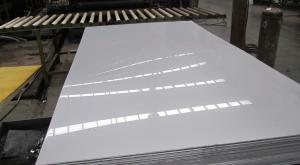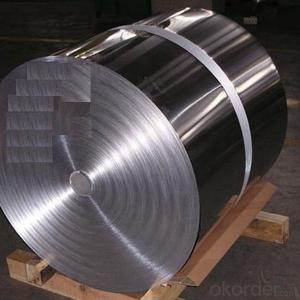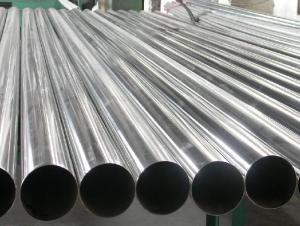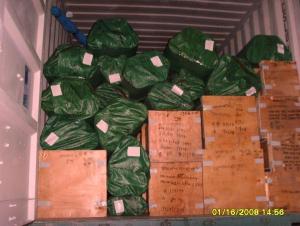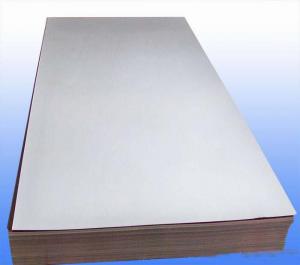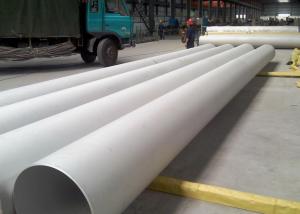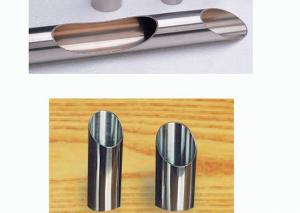Stainless Steel sheet 304 with Very Low MOQ
- Loading Port:
- Shanghai
- Payment Terms:
- TT OR LC
- Min Order Qty:
- 10000 m.t.
- Supply Capability:
- 5000000 m.t./month
OKorder Service Pledge
OKorder Financial Service
You Might Also Like
Hot sale stainless steel sheet 201/202/304/304l/316/316l/430 in china alibaba
Description of Stainless Steel Sheet:
Description | steel sheet,hot rolled steel sheet,cold rolled steel sheet, steel sheet,sheet,steel plate |
Standard | ASME, ASTM, EN ,BS,GB,DIN, JIS etc |
Application | Steel sheet applies to construction field, ships building industry, petroleum & chemical industries, war and electricity industries, food processing and medical industry, boiler heat exchanger, machinery and hardware fields. |
Packaging | Standard export sea-worthy packing |
Delivery time | 10-30 days |
Quality | No.1 |
Productivity | 500 tons/Day |
Note | Our company has cooperative relation between the domestic agents. Stainless steel sheet can be made accordingto the customers requirements. Fasten delivery. Quality assured. |
Contacts | If you have any question,please feel free contact me. |
Stainless steel sheet surface finish characteristics
Surface finish | Characteristics and application |
2B | The surface brightness and flatness of no2B is better than no2D. then through a special surface treatment to improve its mechanical properties,No2B could nearly satisfy comprehensive uses. |
No.1 | Polished with abrasive belt of grit#100-#200, have better brightness with discontinuous coarse stria, used as inner and external ornaments for building, electrical appliances and kitchen utensils etc. |
No.4 | Polished with abrasive belt of grit #150-#180,have better brightness with discontinuous coarse stria, but thinner than No3, are used as bathtub buildings inner and external ornaments electrical appliances kitchen utensils and food processing equipment etc. |
HL | Polished with abrasive belt of grit #150-#320 on the NO.4 finish and has continuous streaks, mainly used as buildings ornaments elevators, door of building, frontal plate etc. |
BA | Cold rolled, bright annealed and skin-passed, the product have excellent brightness and good reflexivity like mirror, kitchen apparatus, ornament etc. |
8K | The product have excellent brightness and prefer reflexivity can to be the mirror. |
Main Features of stainless steel sheet :
•Escalator, Elevator, Doors
•Furniture
•Production tools, Kitchen appliances, freezers, cold rooms
•Auto Parts
•Machinery and Packaging
•Equipment and Medical devices
•Transport system
Product Details:
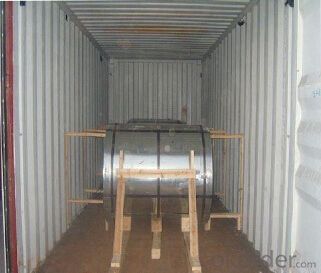
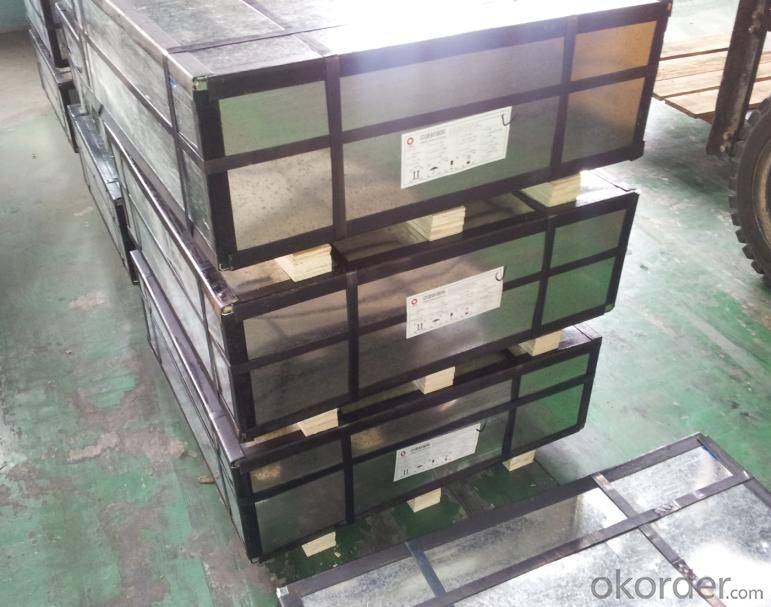
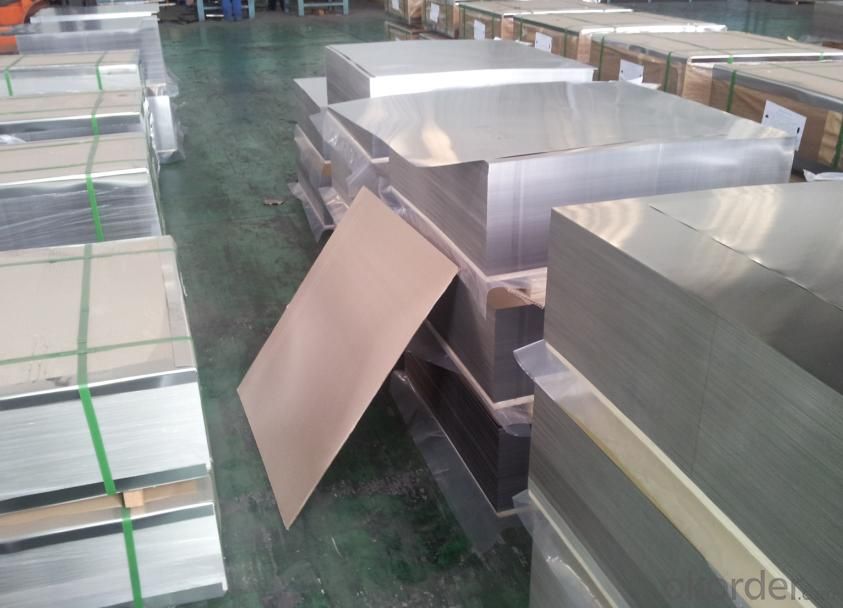
Sandard Seaworth Packing(wooden packing with water proof paper)
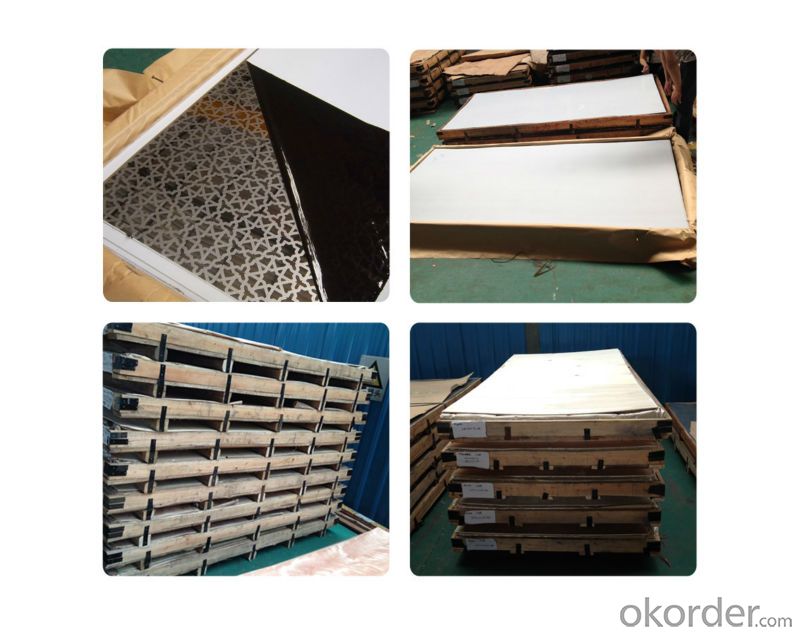
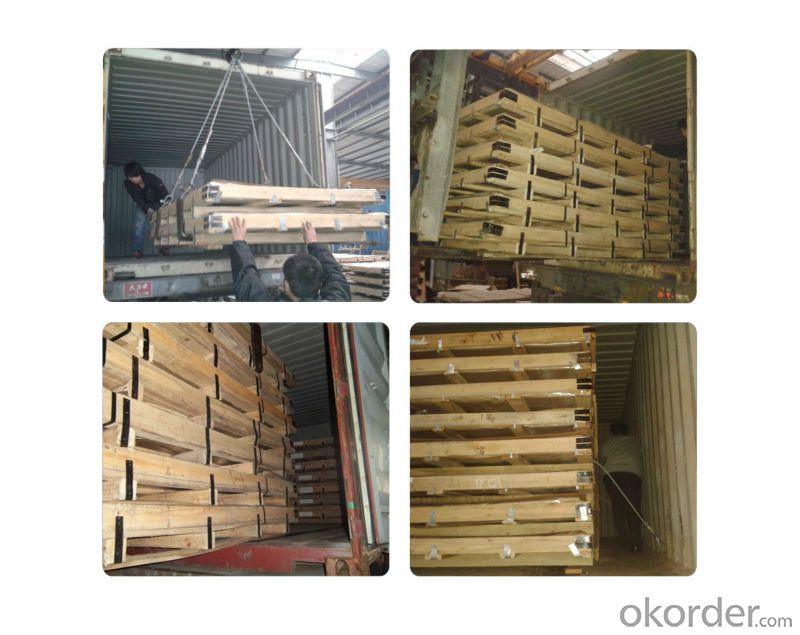
FAQ:
1. What's the quality?
very fine
2. How long get reply?
within 24 hours
If you have any question about stainless steel sheets,donot forget to sending the email to Us! You will get the competitive Price and have a very good experience about the Buying Process! CNBM International Corporation is always your trustful friend!
- Q: Stainless steel plate more than the thickness of the wire can not be drawn ah?
- Now all is OK, thick is sanded paper, that grind only, processing cost is high8K can be used in medium plate mill
- Q: How do you remove fingerprints from stainless steel sheets?
- To remove fingerprints from stainless steel sheets, you can start by using a microfiber cloth or a soft cloth dampened with warm water and mild dish soap to gently wipe the surface. Then, rinse the cloth and wipe away any soap residue. If the fingerprints persist, you can try using a mixture of vinegar and water or rubbing alcohol on the cloth to further clean the stainless steel. Finally, make sure to dry the sheets thoroughly with a clean cloth to prevent water spots.
- Q: Can stainless steel sheets be used in the aerospace industry?
- Yes, stainless steel sheets can be used in the aerospace industry. Stainless steel possesses excellent strength, corrosion resistance, and high-temperature stability, making it suitable for various aerospace applications such as aircraft frames, engine components, and structural parts.
- Q: Are stainless steel sheets suitable for architectural facades?
- Architectural facades can greatly benefit from the use of stainless steel sheets. Not only are they highly suitable, but they also offer numerous advantages in terms of their aesthetic appeal, durability, and sustainability. Firstly, stainless steel sheets possess an inherent visual appeal that can greatly enhance the overall look of any building. With its sleek and modern appearance, stainless steel can effortlessly elevate the design aesthetic. Furthermore, architects have the freedom to choose from a variety of finishes such as brushed, mirrored, or patterned, allowing them to achieve their desired look and feel. Moreover, stainless steel is highly resistant to corrosion, making it an ideal choice for outdoor applications. It can withstand exposure to harsh weather conditions, pollution, and other environmental factors without deteriorating. This remarkable resistance to corrosion also means that stainless steel requires minimal maintenance, resulting in reduced long-term costs and efforts associated with facade upkeep. In terms of strength and durability, stainless steel sheets excel. They can withstand impact, making them suitable for high-traffic areas or buildings located in regions prone to severe weather events. Additionally, stainless steel is resistant to staining, scratching, and fading, ensuring that the facade remains attractive and intact for an extended period. Sustainability is another significant advantage of stainless steel sheets for architectural facades. As a 100% recyclable material, stainless steel can be reused without losing its properties, making it an environmentally friendly option. Furthermore, its longevity significantly reduces the need for frequent replacements, further contributing to sustainability efforts. In conclusion, stainless steel sheets are an excellent choice for architectural facades due to their aesthetic appeal, corrosion resistance, strength, durability, and sustainability. Regardless of whether they are used in modern or traditional designs, stainless steel can provide a long-lasting and visually pleasing solution for enhancing the exterior of buildings.
- Q: What is the thickness range available for stainless steel sheets?
- The thickness of stainless steel sheets varies depending on the specific type and grade of stainless steel. Typically, stainless steel sheets are available in thicknesses ranging from 0.4mm to 6.0mm. Thinner sheets are commonly utilized for flexible and lightweight applications, whereas thicker sheets are typically employed for structural purposes requiring increased strength and durability. It is worth mentioning that customized thicknesses can be manufactured to meet specific project requirements.
- Q: Are stainless steel sheets suitable for architectural handrails or guardrails?
- Yes, stainless steel sheets are highly suitable for architectural handrails or guardrails. Stainless steel is a popular choice for these applications due to its excellent strength, durability, and corrosion resistance properties. It is able to withstand various weather conditions and is resistant to rust, making it ideal for outdoor installations. Stainless steel sheets can be easily customized and fabricated into different shapes and sizes, allowing for flexibility in design. Additionally, stainless steel has an aesthetic appeal that complements modern architectural designs. It is a low-maintenance material that requires minimal upkeep, making it a cost-effective choice in the long run. Overall, stainless steel sheets are a reliable and versatile option for architectural handrails or guardrails.
- Q: What are the different types of brushed finishes available for stainless steel sheets?
- Stainless steel sheets offer a variety of brushed finishes, each with its own distinct appearance and texture. Some of the most commonly used finishes are as follows: 1. The #4 Brushed Finish: This is the go-to choice for many as it provides a smooth, directional grain achieved through the use of a grit belt or wheel. People often refer to this finish as a satin finish. 2. The #6 Brushed Finish: For a more refined appearance, the #6 finish is the way to go. It is achieved by using a higher grit abrasive belt or wheel, resulting in a smoother and more sophisticated look. This finish is often chosen for decorative purposes or when a higher level of elegance is desired. 3. The #8 Mirror Finish: If you're after a glossy, reflective appearance, the #8 finish is the perfect choice. It requires extensive polishing and buffing to achieve a nearly perfect reflective surface. This finish is highly favored in architectural and decorative applications where a polished and glamorous look is desired. 4. The Bead Blasted Finish: To achieve a matte, non-reflective surface, stainless steel sheets are blasted with glass beads under high pressure. This process creates a uniform and textured appearance, making it ideal for applications that require a low-maintenance finish. 5. The Linen Finish: For a visually appealing touch, the linen finish offers a pattern of parallel lines that resemble linen fabric. This finish is achieved by using abrasive belts or wheels with varying grit sizes, resulting in a textured finish. It is commonly used in architectural and interior design applications. These examples represent just a few of the many brushed finishes available for stainless steel sheets. The choice of finish will depend on the desired aesthetic, functionality, and specific application requirements.
- Q: Are stainless steel sheets recyclable?
- Yes, stainless steel sheets are recyclable. Stainless steel is one of the most recyclable materials in the world, and its properties allow it to be recycled repeatedly without losing its quality or durability.
- Q: Can stainless steel sheets be used for oil and gas pipelines?
- Yes, stainless steel sheets can be used for oil and gas pipelines. Stainless steel is highly resistant to corrosion and can withstand extreme temperatures and pressures, making it a suitable material choice for these applications. Its durability and longevity make it an ideal option for oil and gas pipelines, ensuring a reliable and efficient transportation system.
- Q: What does 8K stainless steel mean?
- 8K mirror surface definition: stainless steel surface after grinding and polishing, the surface is bright as a mirror, the photo reflects the person, commonly known as mirror 8K, it has corrosion resistance; and the mirror plate is the processing of follow-up color or etching board substrate. Mainly used in all kinds of decoration or metal optical products.
Send your message to us
Stainless Steel sheet 304 with Very Low MOQ
- Loading Port:
- Shanghai
- Payment Terms:
- TT OR LC
- Min Order Qty:
- 10000 m.t.
- Supply Capability:
- 5000000 m.t./month
OKorder Service Pledge
OKorder Financial Service
Similar products
Hot products
Hot Searches
Related keywords
